Each person has one event in their lifetime that is so significant that they will say for the remainder of their lives “I remember exactly where I was standing when I heard the news.” An event so significant that it seemed as if time stood still.
For the Greatest Generation, they remember where they stood on December 7, 1941, when they heard on the radio that Pearl Harbor had been bombed. The Baby Boomers remember sitting in their elementary school classrooms on November 22, 1963, the day they heard that President Kennedy had been assassinated.
I remember standing in my bedroom at college watching the morning news while the second airplane hit the World Trade Center in New York. In that moment, everyone in the country started to realize this was not a day like any others. By its end, we would all know that history had been made that day and we, individually and as a nation, would never be the same.
As one of the official arbiters of history for the people of the Commonwealth of Pennsylvania, the Pennsylvania State Historic Preservation Office (PA SHPO) is tasked with evaluating if events and the places where they occurred are significant in our past.
As a rule of thumb, at least a generation must pass for historians to be able to have the perspective required to objectively evaluate the influence that an event, a person, or a place has had on local history, the commonwealth’s history, or American history. The National Park Service has codified this policy in their criteria for listing in the National Register of Historic Places. In general, a historic resource must be 50 years of age or older to be eligible for listing as one of our nation’s significant places.
However, sometimes places, and the events that occurred there, are so significant that we as historians representing society at large do not need the time and perspective to know that an event or a place has changed the course of history. Some events are watershed moments that transcend the need to have the time to fully understand their significance and their place in history.
September 11th, 2001 was one of those events. The Flight 93 Crash site in Pennsylvania is one of those places.
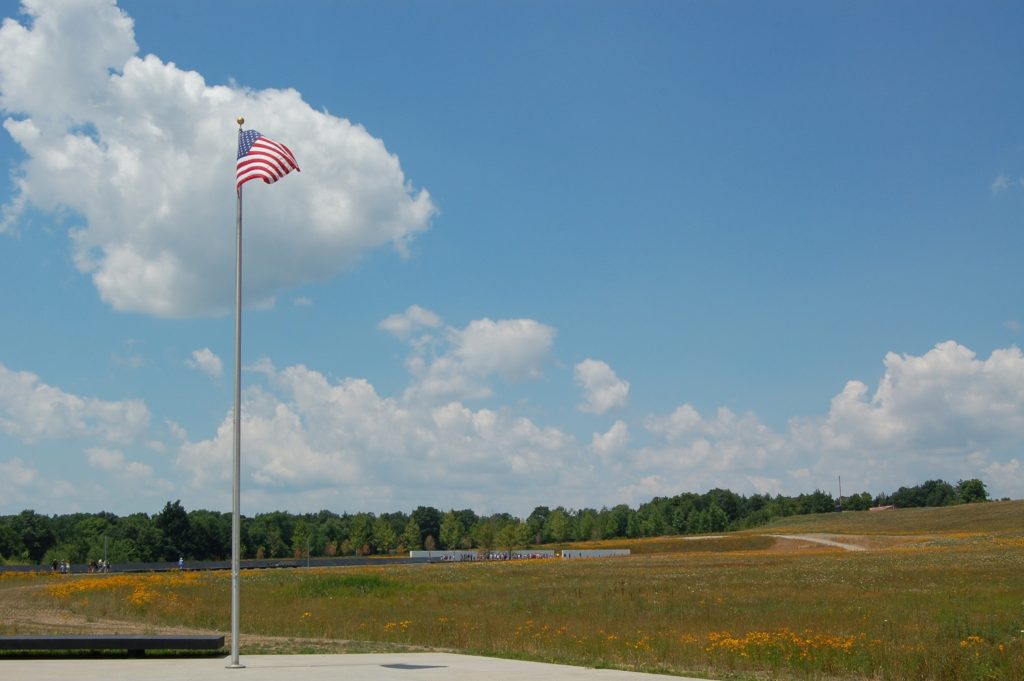
Designating the Flight 93 Crash Site
There are three places in the United States that are significant for their association with the events that took place on September 11, 2001: the World Trade Center in New York, the Pentagon in Virginia, and the Flight 93 Crash site near Shanksville in Stonycreek Township, Somerset County, Pennsylvania.
On March 7, 2002, Representative John Murtha, who served Pennsylvania’s 12th Congressional District from 1974 until 2010, introduced H.R. 3917 to the 107th Congress “[t]o authorize a national memorial to commemorate the passengers and crew of Flight 93 who, on September 11, 2001, courageously gave their lives thereby thwarting a planned attack on our Nation’s Capital.”
One day shy of the first anniversary of that tragic and significant day, on September 10, 2002, the Flight 93 National Memorial Act was unanimously passed by the United States Senate. And on September 24, 2002, it was signed into law by President George W. Bush.
The Flight 93 National Memorial Act had three purposes:
- To establish a national memorial to honor the passengers and crew of United Airlines Flight 93 of September 11, 2001.
- To establish the Flight 93 Advisory Commission to assist with consideration and formulation of plans for a permanent memorial to the passengers and crew of Flight 93, including its nature, design, and construction.
- To authorize the Secretary of the Interior (hereinafter referred to as the ‘‘Secretary’’) to coordinate and facilitate the activities of the Flight 93 Advisory Commission, provide technical and financial assistance to the Flight 93 Task Force, and to administer a Flight 93 memorial.
On September 24, 2002, when the Flight 93 National Memorial became a unit of the National Park System, it was also administratively listed in the National Register of Historic Places. Ordinarily, a historic site is nominated to the National Register of Historic Places through the State Historic Preservation Office.

When properties become part of the National Park Service’s portfolio, including National Historic Sites, National Historical Parks, National Memorials, and National Monuments they are administratively entered in the National Register of Historic Places by that act of Congress by which they were established as a part of the National Park System.
On November 11, 2002, the Flight 93 National Memorial was administratively listed in the National Register of Historic Places without needing to prepare a nomination to persuade anyone of the significance of that day or the solemnity of this hallowed ground.
Flight 93 Memorial Design
When the time came to choose a design for the Flight 93 Memorial, the National Park Service partnered with the Families of Flight 93, the Flight 93 Advisory Commission, and the Flight 93 Task Force to select a design through a public process.
Through an international competition, designs for a proposed memorial were submitted by design professionals and everyday people alike. The potential designs were exhibited for public comment on site in Pennsylvania and on the Flight 93 Memorial Project website.
Of over 1,000 designs initially submitted, they were narrowed down to five finalist designs to be considered by a jury of selected design professionals, family members of the victims of Flight 93, and local community leaders. This committee voted to select the final design.
In September 2005, the Flight 93 Memorial design proposal from the team of Paul Murdoch Architects and Nelson Byrd Woltz Landscape Architects was selected. The design took advantage of the natural topography of the site which rises on the north and west of the crash site to create a “circle of embrace” around the final resting place of the forty passengers and crew. To honor them, the “circle of embrace” is open in two places: the flight path of the plane and the crash site.
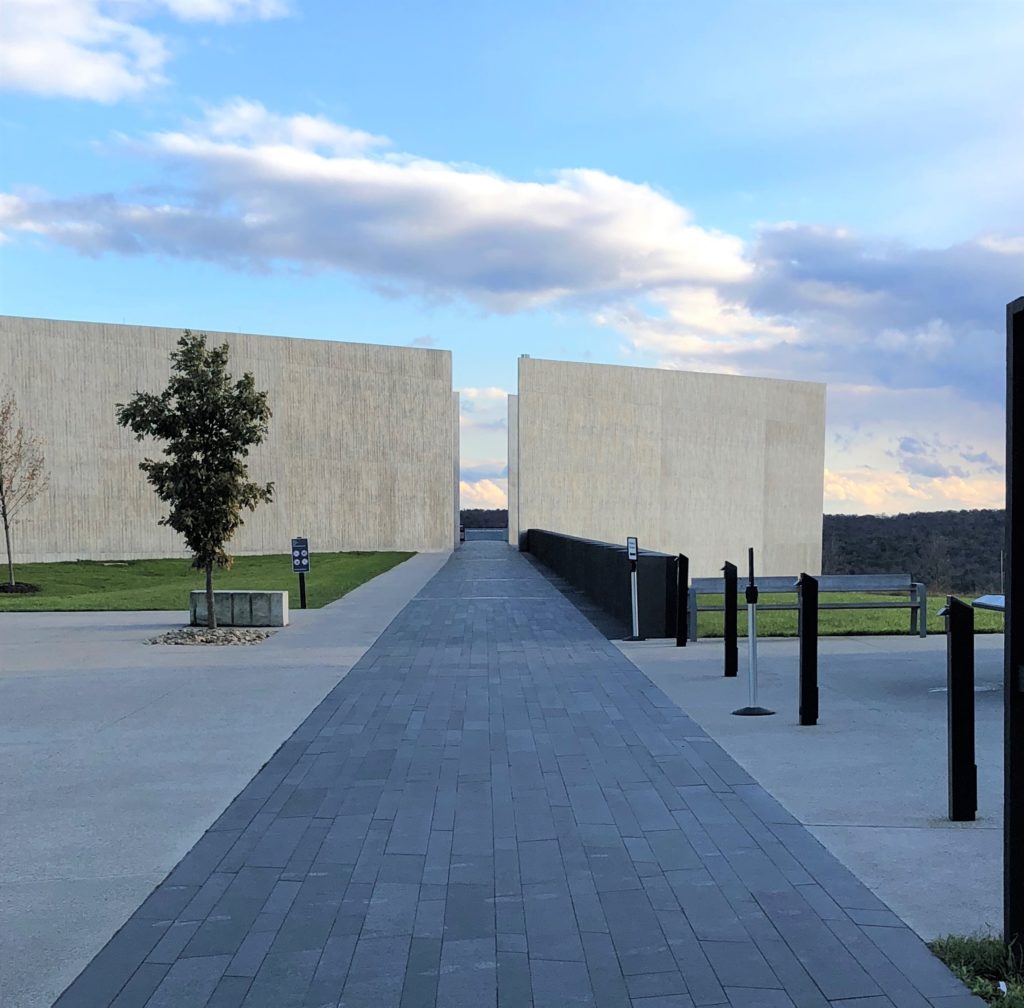

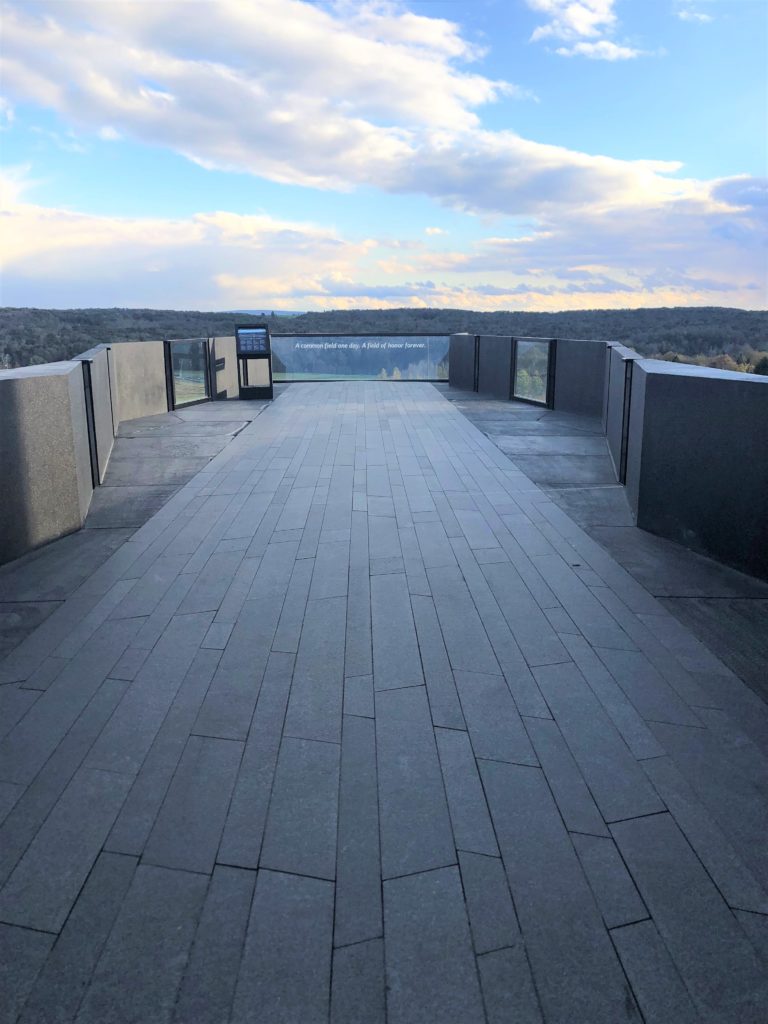
Over the past 20 years, the Flight 93 National Memorial has been transformed into a 2,200-acre landscape of natural meadow that “ensures that respect for the rural landscape and the solemn and tranquil setting of the crash site is maintained in perpetuity”… “to honor the passengers and crew members of Flight 93 who courageously gave their lives, thereby thwarting a planned attack on Washington, D.C., allow the public to visit the site and express their feelings about the event and the passengers and crew of Flight 93 and to respect the rural landscape and preserve the solemn and tranquil setting of the crash site of Flight 93”. (Quoted from Flight 93 National Memorial General Management Plan, National Park Service, June 2007.)
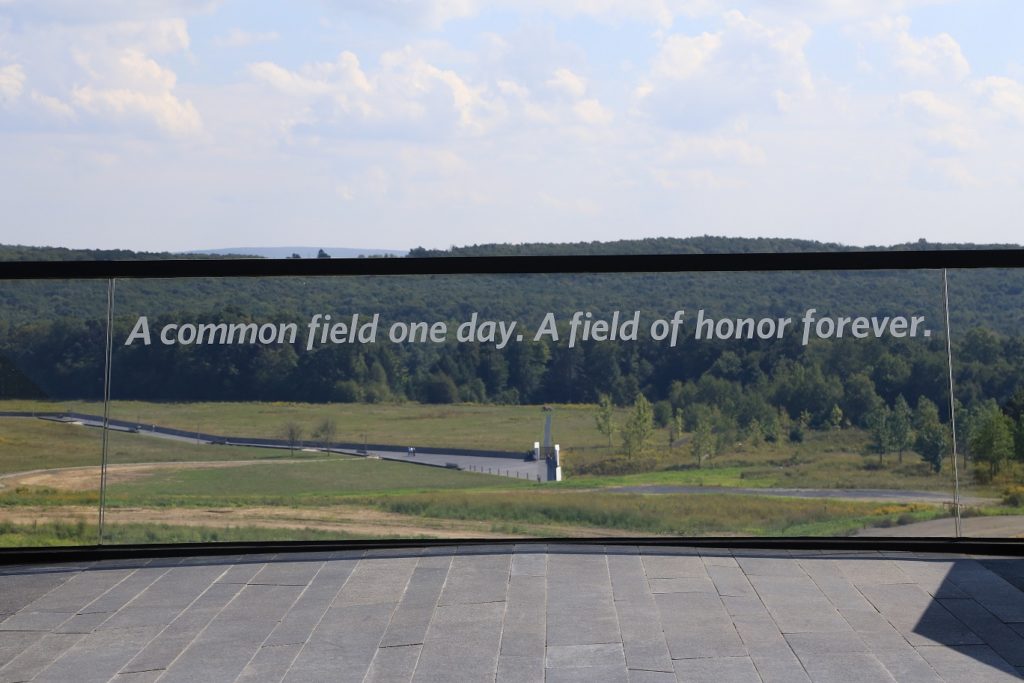
In 2019, the Flight 93 Memorial, along with the other memorials to those lost on September 11, 2001, was nominated by the Preservation Magazine editorial staff as one of the ten 40 Under 40 next generation of historic places in the United States.
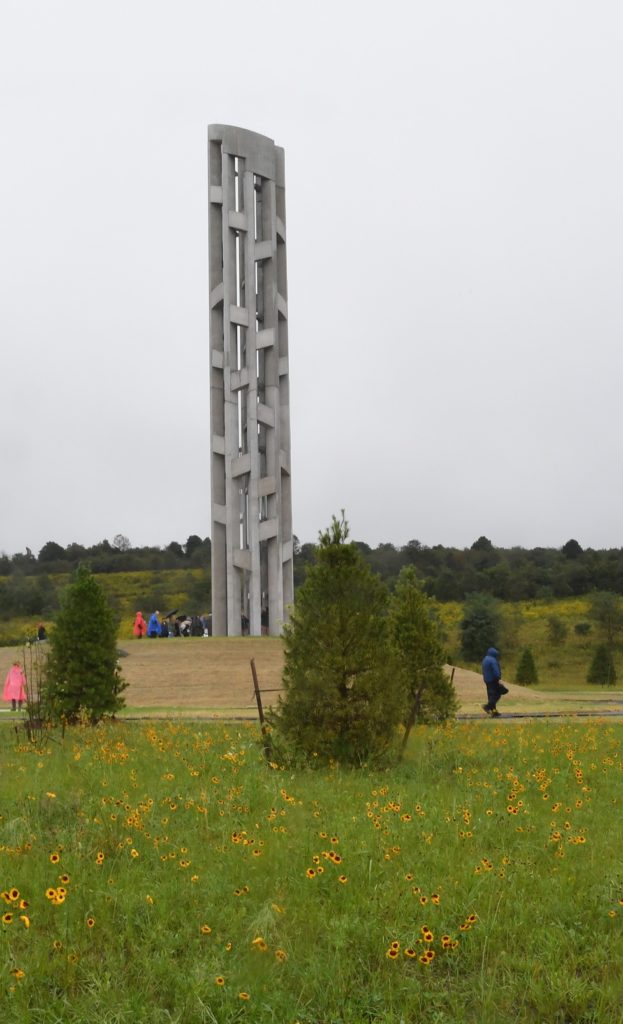
20th Anniversary Events
Visitors are welcome to participate in the 20th observance of September 11th events planned at the Flight 93 National Memorial from Tuesday, September 7- Sunday, September 12, 2021. For more information, please visit https://www.nps.gov/flni/planyourvisit/september-11-events-schedule.htm.
On Thursday, September 9, 2021, the Pennsylvania State Archives and the State Museum of Pennsylvania’s exhibit “Witness to History” will open at the State Museum in Harrisburg.
“Witness to History” features the actual handwritten field notes from Col. Paul J. Evanko, then head of the Pennsylvania State Police (now retired), from the morning of September 11, 2021. They detail the rapid unfolding of events and offer a minute-by-minute accounting of decisions made to secure the crash site and protect Pennsylvanians. Video commentary from Evanko is also provided, courtesy of contributing partner WITF Public Media.
For more information on the documents on display in the exhibition, read “Col. Paul J. Evanko’s Field Notes from 9/11” in the Summer 2021 issue of Pennsylvania Heritage.
For a detailed account on 9/11 from the perspective of Governor Tom Ridge, read “The Man for the Moment: Tom Ridge and the 9/11 Inflection Point ” also in the Summer 2021 issue of Pennsylvania Heritage.
Comment Policy
PHMC welcomes and encourages topic-related comments on this blog. PHMC reserves the right to remove comments that in PHMC’s discretion do not follow participation guidelines.
Commenters and Comments shall be related to the blog post topic and respectful of others who use this site.
Commenters and Comments shall not: use language that is offensive, inflammatory or provocative (this includes, but is not limited to, using profanity, obscene, or vulgar comments); disparage other commenters or people; condone illegal activity; identify the location of known or suspected archeological sites; post personal information in comments such as addresses, phone numbers, e-mail addresses or other contact details, which may relate to you or other individuals; impersonate or falsely claim to represent a person or an organization; make any commercial endorsement or promotion of any product, service or publication.
If you would like to comment on other topics not related to this blog post but related to PHMC, please fill out the PHMC Contact Us Form.
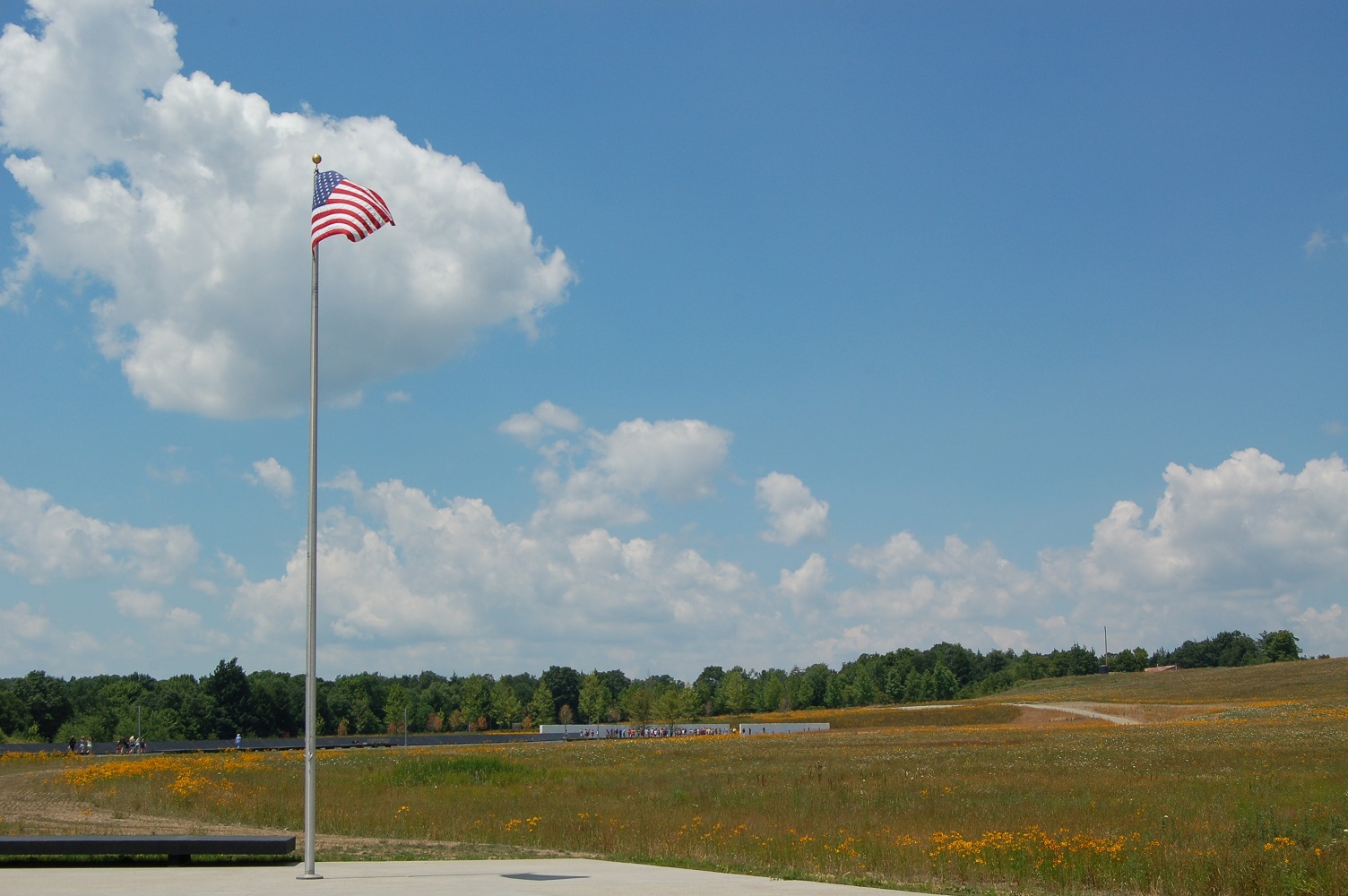
Leave a Reply